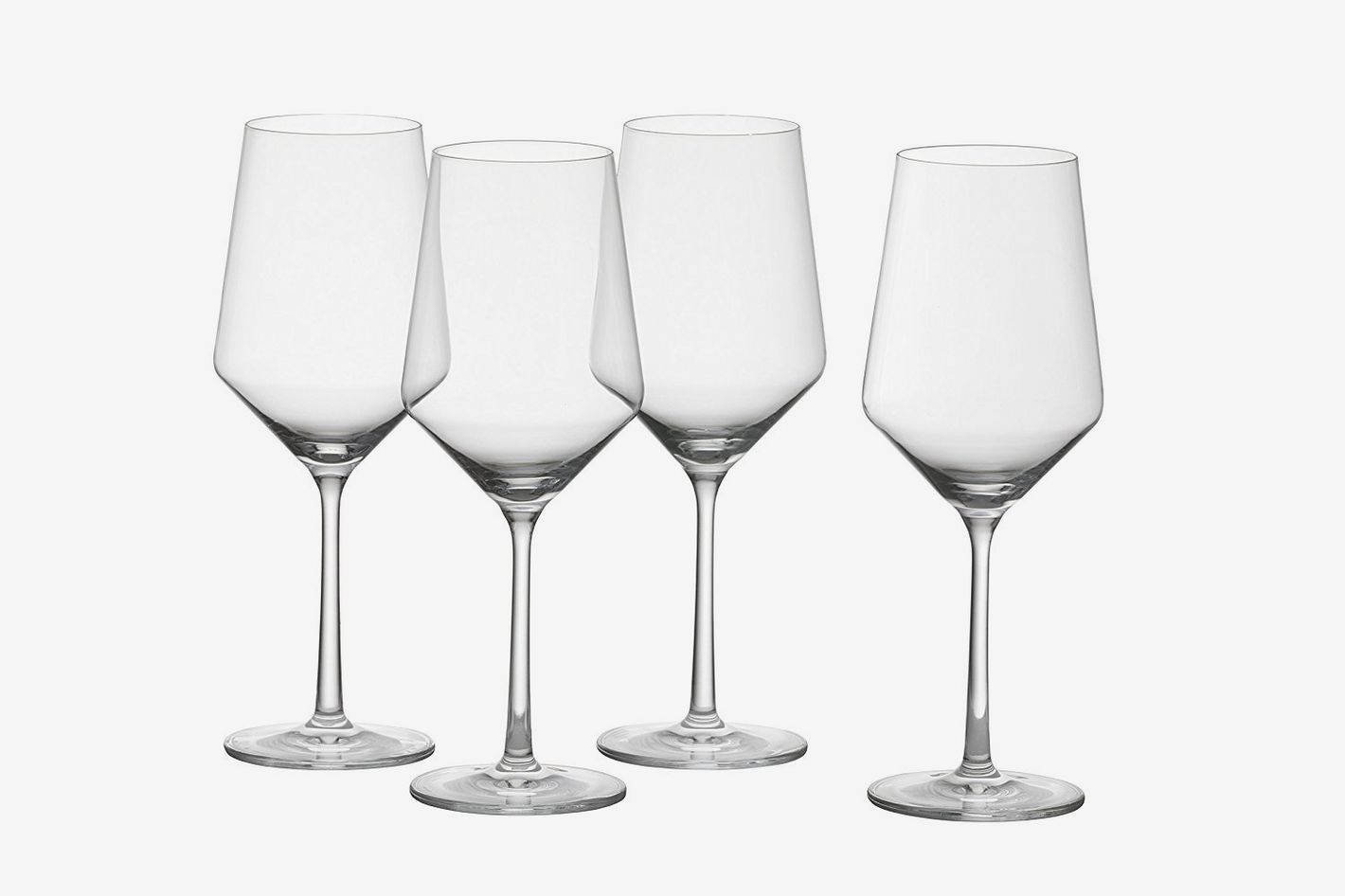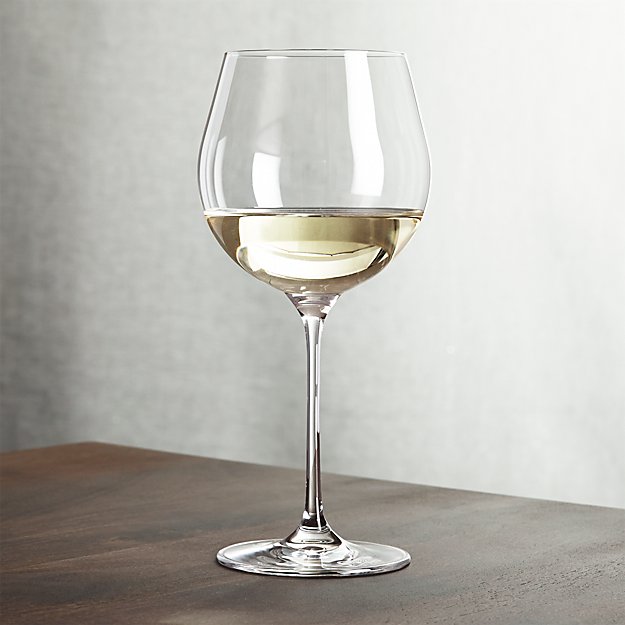
Unless you just drink your grapes directly from the bottle, you need a glass to enjoy the taste of every sip of your choice of wine. However, there are rules that govern which glass in relation to the wine you have on the table.
Sorry, I’m not here to cramp your style of doing stuff, but it is what it is, it’s just how the game is played. You know that when it comes to wine what’s in your glass means everything.

Using the correct glass for your wine may enhance the flavours, improve the aromas and even help maintain the correct temperature, taking your wine-drinking experience from drab to fab.
When it comes to wine, the correct glassware is an absolute must. This allows you to make the most out of your wine, enhancing every aspect of the bottle so that what you read on the label pairs perfectly with what you taste on your palate.

However, matching the correct wine to the correct glass can be overwhelming, but here are some simple rules guided by Greene, from Core Catering and a wine enthusiast.
Big reds like Cabernet Sauvignon and Shiraz need glasses with big bowls to allow the wines to oxidise, and big mouths to release their strong aromas.
Soft reds like Pinot Noir and Merlot also need glasses with large bowls to allow for oxidation, but because they’re softer wines, a narrower mouth is necessary to concentrate the aromas.

White wine glasses are typically smaller than their red counterparts. Spirited whites like Sauvignon Blanc , Semillon and Chardonnay are served in glasses with slightly large bowls that narrow at the month, while delicate whites like Riesling, Pinot Gris and Gewurztraminer require narrow bowls and narrow openings.
“The white wine glass bowl is smaller to help keep chilled whites cooler for longer, while the narrower opening concentrates the subtler white aromas,” notes Greene.

We’re all familiar with the classic sparkling wine flute. Its elongated shape provides a good-sized serving for sparkling wine, maintains the temperature and concentrates the delicate aromas, all the while allowing you to enjoy, what Greene calls, “the theatre of the bubbles”.

There is a second glass used for sparkling wine – the saucer or coupe. Although this vintage glass doesn’t hold the temperature for long, allows the aroma to escape and doesn’t let you enjoy the bubble show, this Gatsby-era glass is making a comeback, and once again becoming popular for serving sparkling wine and even cocktails.

Dessert wine is always served in a small glass with an elongated, narrow bowl and a narrow mouth, maintaining its cool temperature and concentrating its sweet aromas.